Q&A with Sonia Mocnik: Embracing Watercolour & Understanding the Supplies
For many artists, watercolour can feel like a daunting medium—unpredictable, unforgiving, and difficult to control. But for artist and instructor Sonia Mocnik, it’s exactly this sense of play and discovery that keeps her inspired. With decades of experience both painting and teaching, Sonia has guided countless beginners through their first steps in watercolour, helping them trade fear for curiosity and confidence. In this conversation, she shares her favourite tools, common misconceptions, and the joy of embracing “happy accidents” along the way.
What is it about watercolour that keeps you inspired after all these years?
The excitement and challenge I feel each time I start to activate my watercolour palette.
How does your own artistic practice influence the way you teach?
I find I am impatient and don’t want to do all the preparation before applying paint to paper—I want to play! I try to encourage my students to practice the techniques regularly so they can play, but not to let fear get in the way.
You’ve taught so many beginners over the years. What’s your favourite part about guiding someone who’s just discovering watercolour?
The excitement when the new budding artist actually completes their first project and gets to see they can paint with watercolour.

What do you see as the most common misconception about watercolour?
The biggest misconception is that working with watercolour is difficult and that you cannot change anything once you have applied paint to paper.
What are three “can’t-live-without” tools you always keep in your kit?
My favorite round 6 and 4 size Opus Galiano quill brushes, tissue, and a Faber-Castell kneaded eraser.
If someone only wanted to invest in a few good-quality items to start, what would you recommend?
Six colours—a warm red, blue, and yellow, and a cool red, blue, and yellow. One good round brush like the Galiano size 4 quill brush, cotton 140lb watercolour paper or a sketchbook with the same material, and a porcelain or metal mixing tray, possibly with the paints already in it. A sponge to help test out the moisture and paint before applying it to paper.
Do you have a favourite surface or paper you return to again and again—and why?
Arches, Fabriano, Hahnemühle, and Magnani, all cold press. Arches because it is very reliable and predictable, Fabriano because it can have a softer touch and can be a good price point, Hahnemühle because it works well with a slightly smoother and whiter surface when I paint my Mahonia, and Magnani as it is now available in various sizes at Opus—it has a more off-white colour and works great for warmer palette painting.
Watercolour is often described as an unpredictable medium. Do you embrace the “happy accidents,” or do you have strategies for keeping things under control?
I always embrace the happy accidents and then try to understand what I did differently so that in the future I can recreate those wonderful moments that create great effects.

Do you remember your own first steps with watercolour? What advice would you give that beginner version of yourself?
I’ve embraced watercolour throughout my life and always loved it. As I understood the materials better, the advice I would give myself is to "play more with better product".
What role does experimentation play in your teaching and personal practice?
Each time I teach a class, I am experimenting. I tell the students, "I’m here to make mistakes so you don’t have to" and understand what to do.
Why do you think watercolour remains such a popular entry point for artists today?
Its flexibility to take anywhere and not to create a lot of cleanup. A little water, a small sketchbook, one brush, and a pencil and you are on your way.
Learn more about Sonia Mocnik
Whether you’re picking up a brush for the very first time or returning to watercolour with fresh eyes, Sonia Mocnik’s approach reminds us that painting is as much about play as it is about practice. If you’re ready to explore the medium with confidence, visit soniamocnik.com and follow her on Instagram @soniamocnik to see her artwork and learn more about her classes. It’s the perfect way to start your own watercolour journey with guidance, encouragement, and inspiration.

